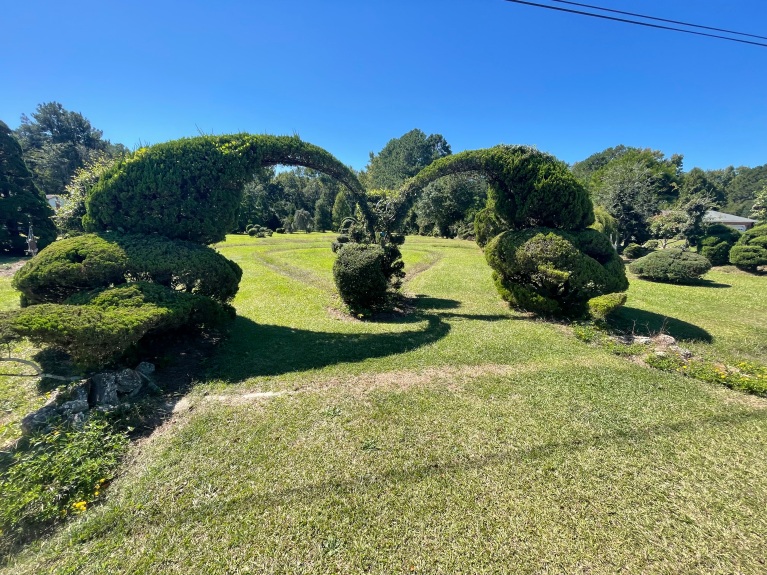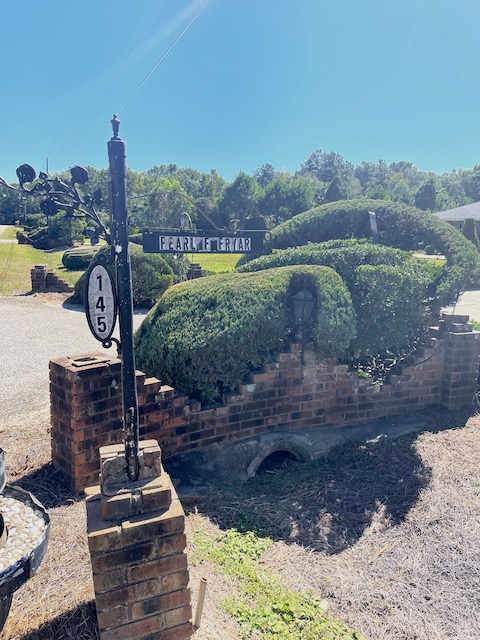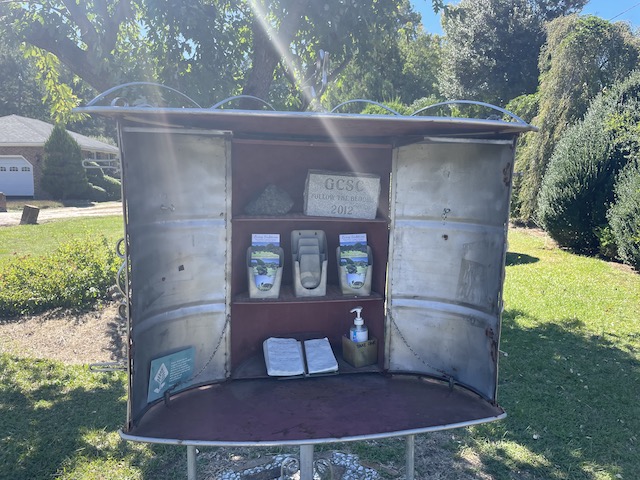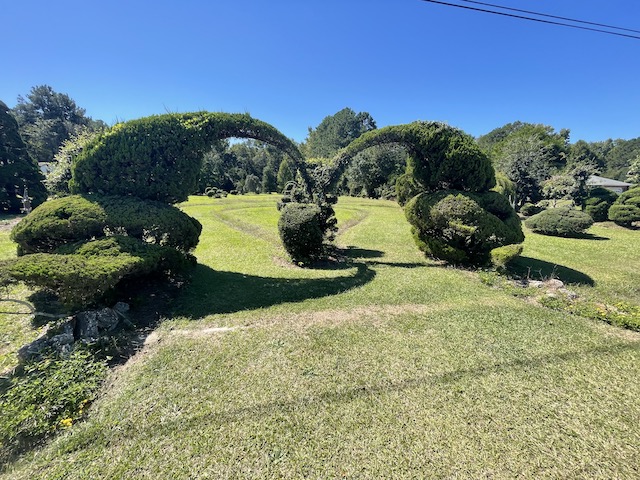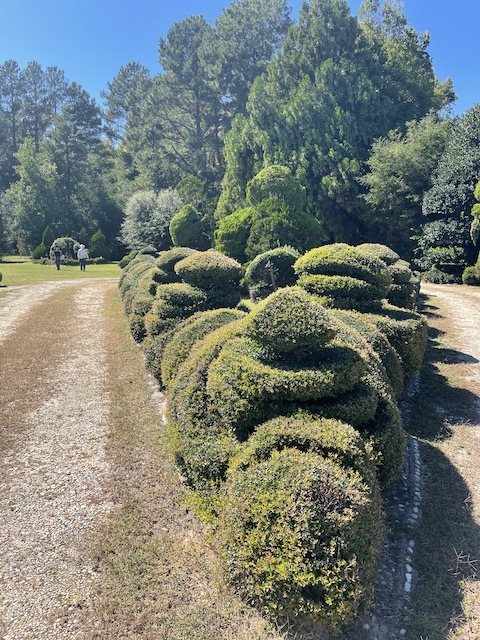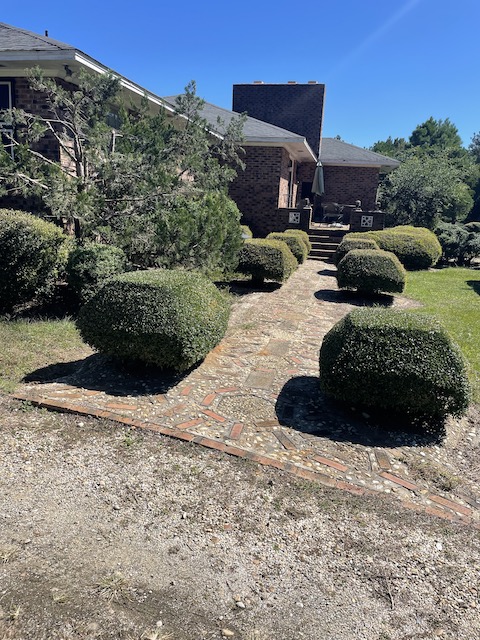(This is Part Two of a series of posts that I will write about my trip to the SE during the the fall of 2022. Part One can be found here.)
One of the many stops during my trip was one which I’d long wanted to make. The Pearl Fryar Topiary Garden is located in Bishopville, SC, so it’s a bit off of the beaten path. Luckily on this trip I was staying a few hours away at a friend’s house. I had a nice rental car, the weather was great, so it was part of a wonderful day trip! (I also visited Camden Battlefield and Kalmia Gardens.)
Having stopped off rather unexpectedly in Camden, SC at the Revolutionary War battlefield, I was a bit “shook” to my core upon my arrival. While I’d known a bit about my ancestor from South Carolina, I hadn’t known he was one of Marion’s Men so I’m grateful to the folks there who walked me through what my ancestor had lived through, explaining to me why he was in the Roster of South Carolina Patriots in the American Revolution by Bobby Gilmer Moss.
After leaving the battlefield, I drove off to the garden a bit stunned, then before I knew it, I was surrounded by fields of cotton. I felt as if I had passed through some kind of time and/or place portal.
As someone who has lived far away from the South, and yet spent her life driving through agricultural areas having fun identifying crops, this was a new one for me IRL! Since it was fall, the balls of cotton were pushing out of their capsules, and it was surreal to me. It was breathtakingly beautiful and yet so new and confusing, but I just took it all in as I drove. I was overcome honestly with this scene. The afternoon sun was at an angle, the balls of cotton glowed in the light like the hair of an attractive woman in some cheesy vintage film. I’d not expected to find fields of cotton so pulchritudinous.
Arriving at the garden, I could immediately tell that it was not in pristine condition. In my mind’s eye, I had a vision of it as it had appeared in the documentary A Man Named Pearl, but that was released back in 2006! A lot can change in that time.
But the bones and the spirit of the place were still intact.
I was reminded as I walked through of the fragility of a garden, especially after its maker is no longer able to care for it in the same way.
Yet it still stands as a testament to a moment in time, in our own garden history even as a country, when one man made an incredible difference. I’m so glad that I visited, and that the garden has been documented as well as it has been.
I loved the quirky joy and fun that remains, but it is clear that it needs to be maintained more. I’m one of those people who is always sad to say such a thing. I believe that every garden has charm, but this to me is one that we all need to cherish.
As I walked through I was joined by a couple who were very sweet and they included me in their own personal tour. They’d visited years ago but hadn’t returned since then. On a lark, they’d decided to drive for hours to come see it. As we walked, they talked about having spent time with Pearl as he worked. They told me more about what this garden had meant to them, and to the region. I was happy to let them know that a horticulturist who’d worked there years ago was someone I knew professionally, but that had been my only connection to this garden. They told me again and again that I would have really enjoyed meeting Pearl, but he’s mostly retired from the garden now.
Though maybe not at its best, it’s still there, and I very much recommend that folks visit it and take in the love that still remains left in place by the a man named Pearl. I very much felt the love and the assemblage above said it all. (Note the I (heart) U at the bottom.)
Thank you Pearl.
